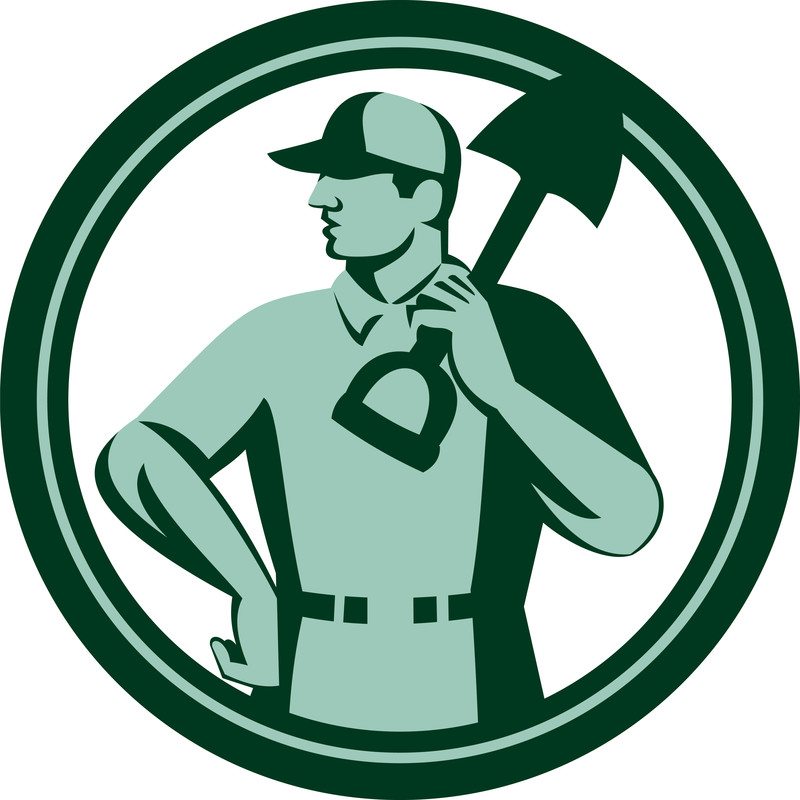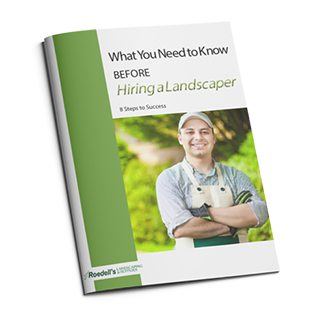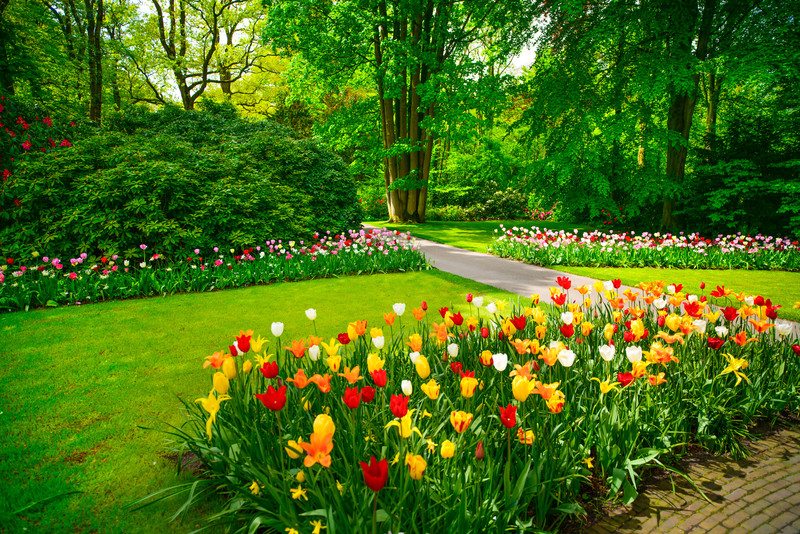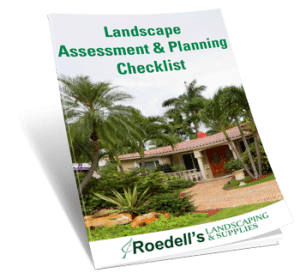Why You Need To Know Your Stuff
You may not be interested in getting a degree in Horticulture, which is the art and science of growing fruits, vegetables, flowers and ornamental plants, but, if you are planning a new landscape design, knowing some key landscaping terms will take you a long way when you begin your journey. While there are literally thousands of different landscaping terms, most are used by the degreed horticulturist or the landscape professional when it comes to all the little details and nuances of landscape design, installation, and maintenance. There are some key terms, however, that will assist you when engaging these professionals to clearly explain either what you are looking to accomplish or what might be causing issues in your yard.
There are also many new and exciting trends in Central Florida Landscaping both urban and rural. Knowing some of the terms associated with these may help you decide on a brand-new landscape design that can be a unique adventure.
Rather than the standard, boring alphabetical list like your grade school dictionary, we have broken these down into categories. We will begin our list with some general terms, some legal considerations and then get into the plants. We hope you keep this list handy when you get ready to embark on either a new landscape design, an addition to your current yard or to understand landscape maintenance. This list will serve you well in finding the right information and understanding your Central Florida Landscaper when they start talking the lingo!
Let’s start with the most important, Landscaping! The definition of Landscaping for our purposes is all of the visible features of an area of land. Most of us think it’s our plants but this term actually includes both natural and artificial elements such as pots, yard art or water features.
General Landscaping Terms

- Hardscape – this is the non-living, man-made stuff in your yard. Hardscape includes pathways, patios, retaining walls, etc.
- Softscape – This is the natural stuff. Plants, trees, soil, etc.
- Ground Cover – Ground Cover is pretty obvious. This is anything that covers the ground or soil. This may include low growing plants, mulch, wood chips, stone, or gravel.
- Underplanting – Underplanting is when smaller plants are placed around the base of larger plants. This will allow you to add more variety and levels to your landscape design without taking up more space in your yard. This is particularly nice if you have a small yard.
- Landscaping Fabric – Also known as weed fabric, this is a roll of fabric textile material used to place over soil to help prevent or inhibit weed growth.
- Grade – The grade of your yard or land is the degree of slope. This is an important factor in landscape design for proper drainage.
- Soil Test – Pretty obvious again here, but an important first step for landscape design. A soil test checks the nutrients and pH of your soil so you can be sure to pick the right plants and know exactly what type of fertilizers you might need.

FREE E-BOOK!
“Things You Need To Know Before Hiring A Landscaper”
Learn What Questions to Ask • What To Look Out For • How the Process Works & More!
- Drainage – This is the rate at which water will pass through soil. Compacted soil or the grade of your landscape can affect this.
- Aeration – This is a way to create holes or slits in compacted soil to improve water and oxygen absorption. Water and oxygen are vital to the survival of your plants and you may need to use this practice if you have areas of compacted soil before planting.
- Compost – While most people have heard of composting, it is a great way to reduce the amount of natural waste taken to landfills. Compost is a type of soil that is created from decomposing organic material. This can be yard or food waste.
- Xeriscaping – This odd-looking word is pretty popular here in Central Florida Landscaping. It refers to landscape design that is aimed specifically at reducing or eliminating the need for the use of supplemental water for irrigating. This is done by using Florida Friendly plants that are drought resistant and designing the space ahead of time with water conservation as a priority.
- Urban Farming – Urban Farming is becoming a big trend and is a good way to connect with your community. This concept is based on dedicating a portion of your yard for growing food. Many of you might be familiar with the news story about a couple in College Park that were some of the first to do this. While not everyone likes the idea, it is becoming more and more common in larger cities. Urban Farming can also include livestock and many cities are now addressing regulations to allow residents within city limits to own chickens, goats and other farm animals.

Know What You Are Allowed To Do
These terms are related to the City or County rules and regulations for Landscaping. These are important to research and know before you begin your landscape design.
- Building Codes – You will need to know the building codes in your area for any structures that you might want to build in your yard.
- Building Permits – Permits are needed to prove that you have met all the requirements of your local municipality. Building Permits usually require you to submit blueprints or plans to be approved before you begin your project and some will require certain inspections throughout construction.
- Easement – An easement is the strip of land between the sidewalk and curb, and may be other areas of your property that allows municipalities to maintain utilities, signage, etc necessary for public service and safety.
- Set Back – This is an important one for Landscape Designers. A Set Back is the distance that your City or County requires from the street and from property lines for the placing of structures, trees and plants. For example, in some cities, you must leave a 7’ set back from the street before placing a fence around your yard.

Now to the good stuff, Plants!
- Annual – An Annual is a flowering plant that grows to maturity and blooms in one season and will need to be replanted each year.
- Perennial – A Perennial is a flowering plant that will bloom each year if cared for properly and will not need replanting.
- Barrier Plant – A Barrier plant is on that is not very friendly. They will have thorns or other parts that deter people and animals. They can help keep out criminals and prevent stray dogs from digging up your nice landscaping.
- Self-Seeding – A Self-Seeding Plant will drop its own seeds and will continue to spread. This is okay for a large area that you might want to fill in but will be the wrong fit for a small bed or limited growing area. Check before planting as you don’t want these to take over your other plants and flowers.
- Deciduous – This term refers to trees and shrubs. Deciduous means that it is a plant that loses its leaves in the winter. These trees are good for creating shade in the summer and allowing the sun to warm your home in winter when it is without leaves.
- Evergreen – Just like it sounds, these plants are ever green. They keep their leaves and stay green all year.
- Monoecious – As “mono” would indicate, these plants can reproduce by themselves without any pollination to produce flowers or fruit.
- Dioecious – Just the opposite of “mono”, Dioecious plants are either male or female and require pollination with an opposite sex plant in order to flower or produce fruit.
The last two terms are important if you want to plant fruit trees and be sure to get fruit produced. Growing fruit trees is extremely popular here in Central Florida Landscaping.

